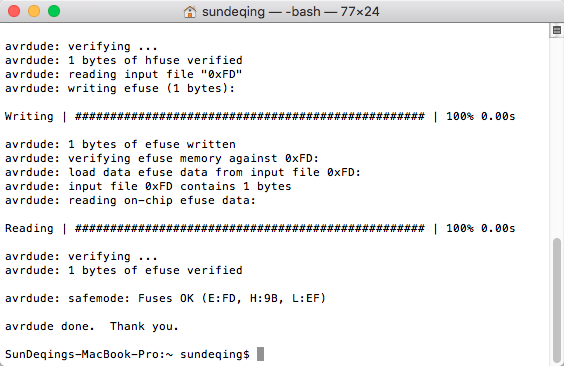
The USBtiny programmers use a generic libusb driver, but Windows 10'sĭriver signing policy makes the installation more complicated. Programmers instead, the easiest way to get the drivers is to install Atmel Studio. If you are using one of the official Atmel This tutorial assumes you are going to use a FabISP, FabTinyStarISP, or


If you don't already have a variable called "Path", click the Newīutton to create it, enter "Path" without the name, and fill out the Under User variables, select "Path" and click the Edit button. Go to the Start menuĪnd open the Control Panel, then go to System. Installed when you type their names on the command line. Now we need to tell Windows where to locate all of the tools you've just You can choose whether orĪrchive, and copy the archive inside to C:\Program Files. Where to extract the files, click the "." button and navigate toĭownload Gnu Make and launch the installer.Īccept the default location for the installation. Toolchain for Windows from Atmel's site and run the installer. The defaults forĪll of the choices in the installer will work for our purposes. If not, download and install Git for Windows. Click the Start menu and search for "Git Bash". It's easy to install, and if you're using Git on Windows, you might have itĪlready.

We're going to use the bash shell installed by Git as our starting point. The installer reportedly wreaks havoc on newer Windows versions, but Used to be the preferred way to get this toolchain set up on Windows,Įven to the point of being semi-official, but has not been maintained in Versions of Windows as far back as Windows 7. Instructions on my Windows 10 machine, but they should work for GCC-based toolchain on a modern Windows system. This page attempts to describe a procedure for installing a complete Using the GNU AVR toolchain on Windows 10 Using the GNU AVR toolchain on Windows 10 Table of Contents


 0 kommentar(er)
0 kommentar(er)
